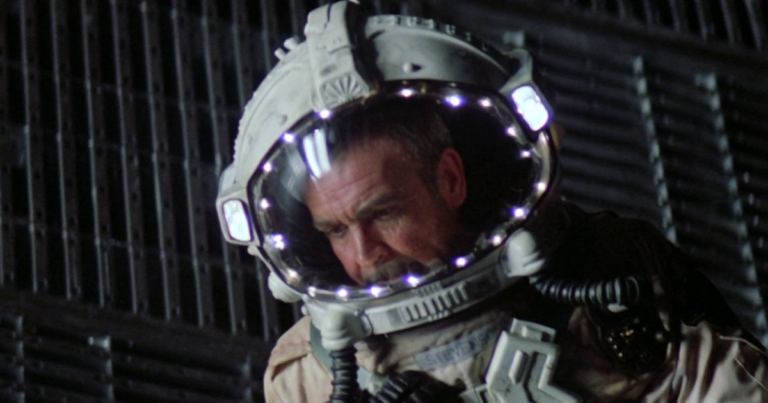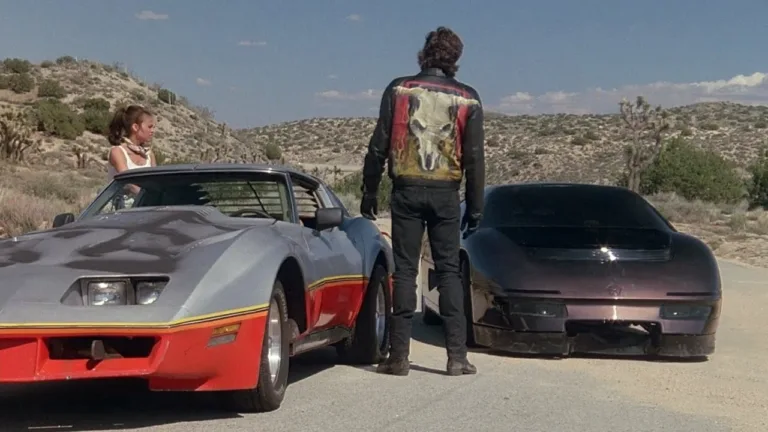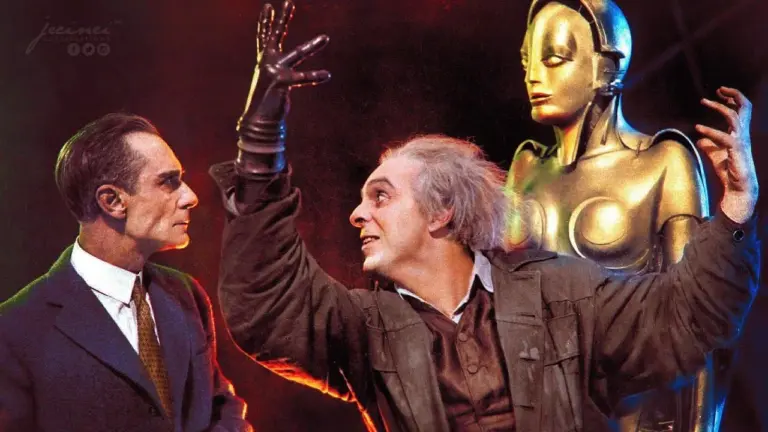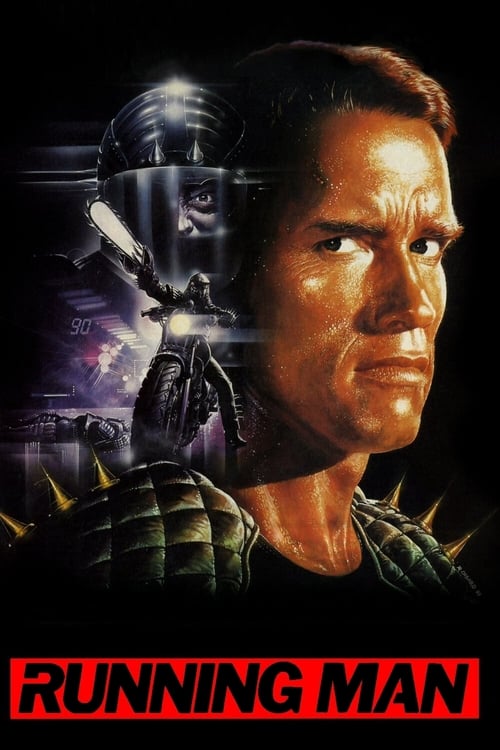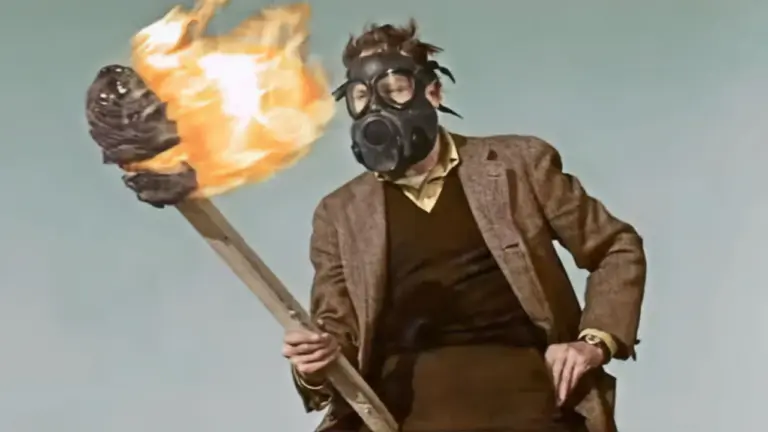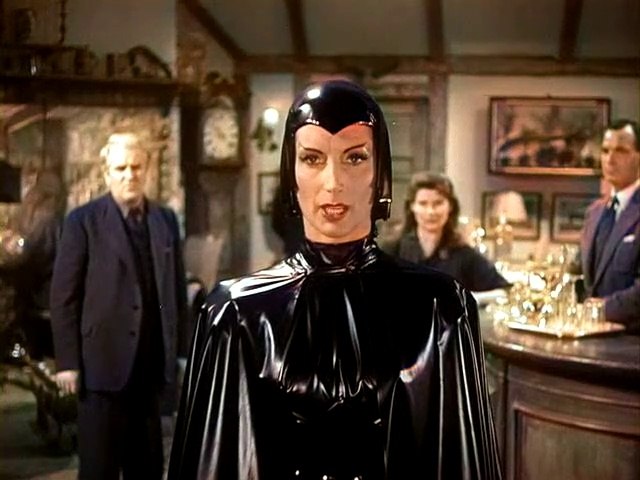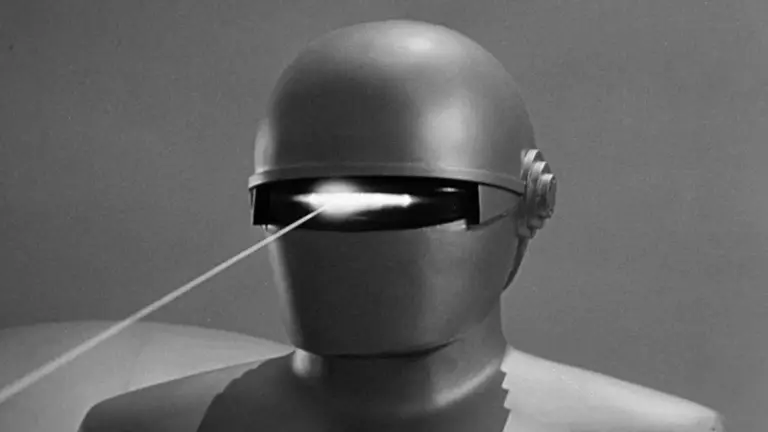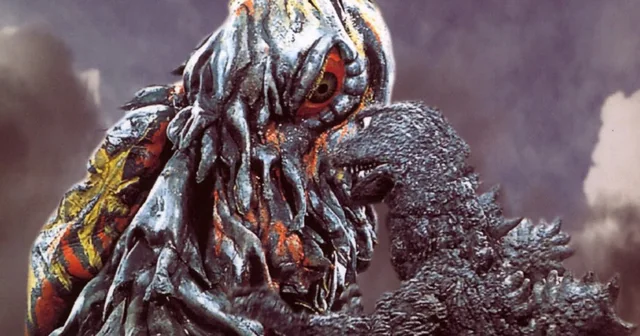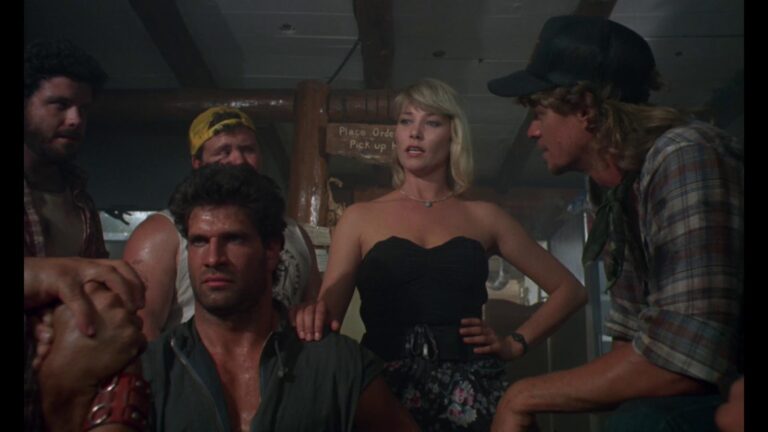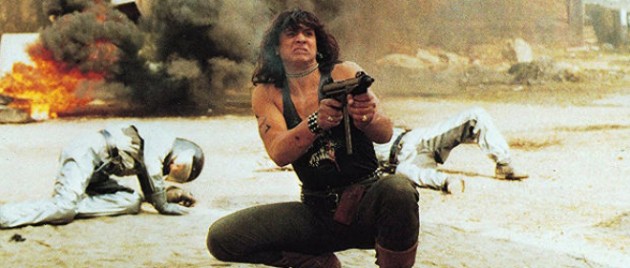“Cyborg 2087,” directed by Franklin Adreon and written by Arthur C. Pierce, takes viewers on a captivating journey through time and space. Released in 1966, this science fiction film offers a unique blend of futuristic concepts and 1960s aesthetics.
The plot revolves around Earth’s future civilization, facing an existential crisis. To alter their impending fate, they dispatch a cyborg, Garth A7 (played by Michael Rennie), back in time to the 1960s. Garth’s mission: to change pivotal events that will reshape the course of history.
Michael Rennie’s portrayal of Garth A7 is both stoic and compelling. His commanding presence on screen anchors the film, effectively conveying the gravity of the mission at hand. Rennie’s performance adds depth to the character, making him relatable despite his mechanical nature.
Karen Steele shines as Dr. Sharon Mason, a scientist unwittingly drawn into Garth’s mission. Steele’s performance brings a touch of humanity to the narrative, providing a crucial emotional anchor. Her chemistry with Rennie adds an engaging layer to the story, grounding the futuristic elements in a relatable human connection.
Stream “Cyborg 2087” (1966) – A nostalgic Backdrop to the 1960s Cinema
The film’s production design is a testament to the ingenuity of the era. The 1960s sets and costumes provide a nostalgic backdrop, contrasting vividly with Garth’s advanced technology. This juxtaposition creates a visually intriguing experience, immersing the audience in the clash of past and future.
Arthur C. Pierce’s screenplay is a standout element of “Cyborg 2087.” The narrative unfolds at a measured pace, allowing viewers to absorb the complexities of time travel and the ramifications of altering history. The dialogue is crisp and purposeful, avoiding unnecessary exposition while still conveying essential information.
Director Franklin Adreon exhibits a keen understanding of the genre, employing effective visual techniques to convey the film’s futuristic elements. The use of practical effects and miniatures, though dated by today’s standards, adds a quaint charm to the overall presentation.
The film’s score, composed by Richard LaSalle, complements the on-screen action with a blend of electronic and orchestral elements. The music serves as a vital emotional undercurrent, heightening the tension and drama of key moments.
In conclusion, “Cyborg 2087” stands as a noteworthy entry in the science fiction genre. Its engaging premise, coupled with strong performances from Michael Rennie and Karen Steele, make for a compelling viewing experience. The seamless integration of 1960s aesthetics with futuristic concepts creates a visually captivating world. Arthur C. Pierce’s well-crafted screenplay and Franklin Adreon’s adept direction contribute to the film’s enduring appeal. For fans of classic sci-fi, “Cyborg 2087” is a must-watch
